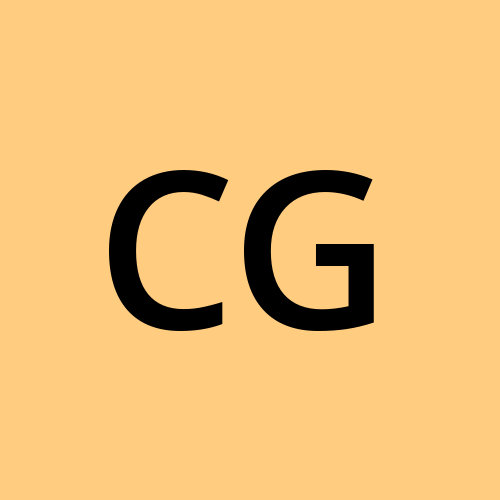What are the main interfaces in the Java Collections Framework?
 Code Green
Code GreenThe Java Collections Framework (JCF) provides a set of interfaces and classes that facilitate the storage and manipulation of groups of objects. The main interfaces in the JCF include:
1. Collection
The root interface in the collection hierarchy. It represents a group of objects known as elements.
2. List
A collection that maintains an ordered sequence of elements. Lists allow duplicate elements.
List list = new ArrayList<>();
3. Set
A collection that does not allow duplicate elements. It models the mathematical set abstraction.
Set set = new HashSet<>();
4. Queue
A collection designed for holding elements prior to processing. It follows the First-In-First-Out (FIFO) principle.
Queue queue = new LinkedList<>();
5. Map
An object that maps keys to values, where each key is unique. Maps do not implement the Collection interface.
Map map = new HashMap<>();
Conclusion
The Java Collections Framework provides essential interfaces that help developers manage groups of objects effectively. Understanding these interfaces is crucial for efficient data manipulation and storage in Java applications.
Subscribe to my newsletter
Read articles from Code Green directly inside your inbox. Subscribe to the newsletter, and don't miss out.
Written by
